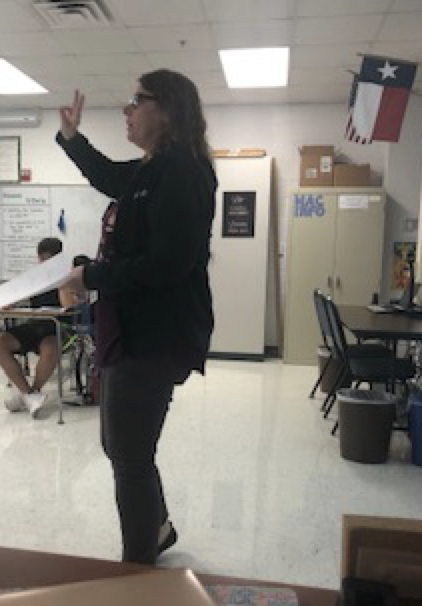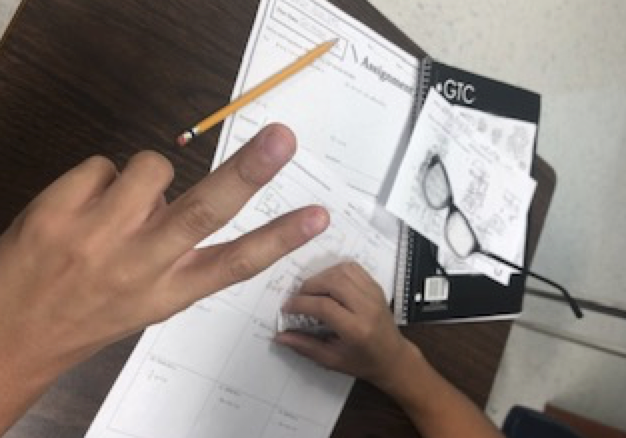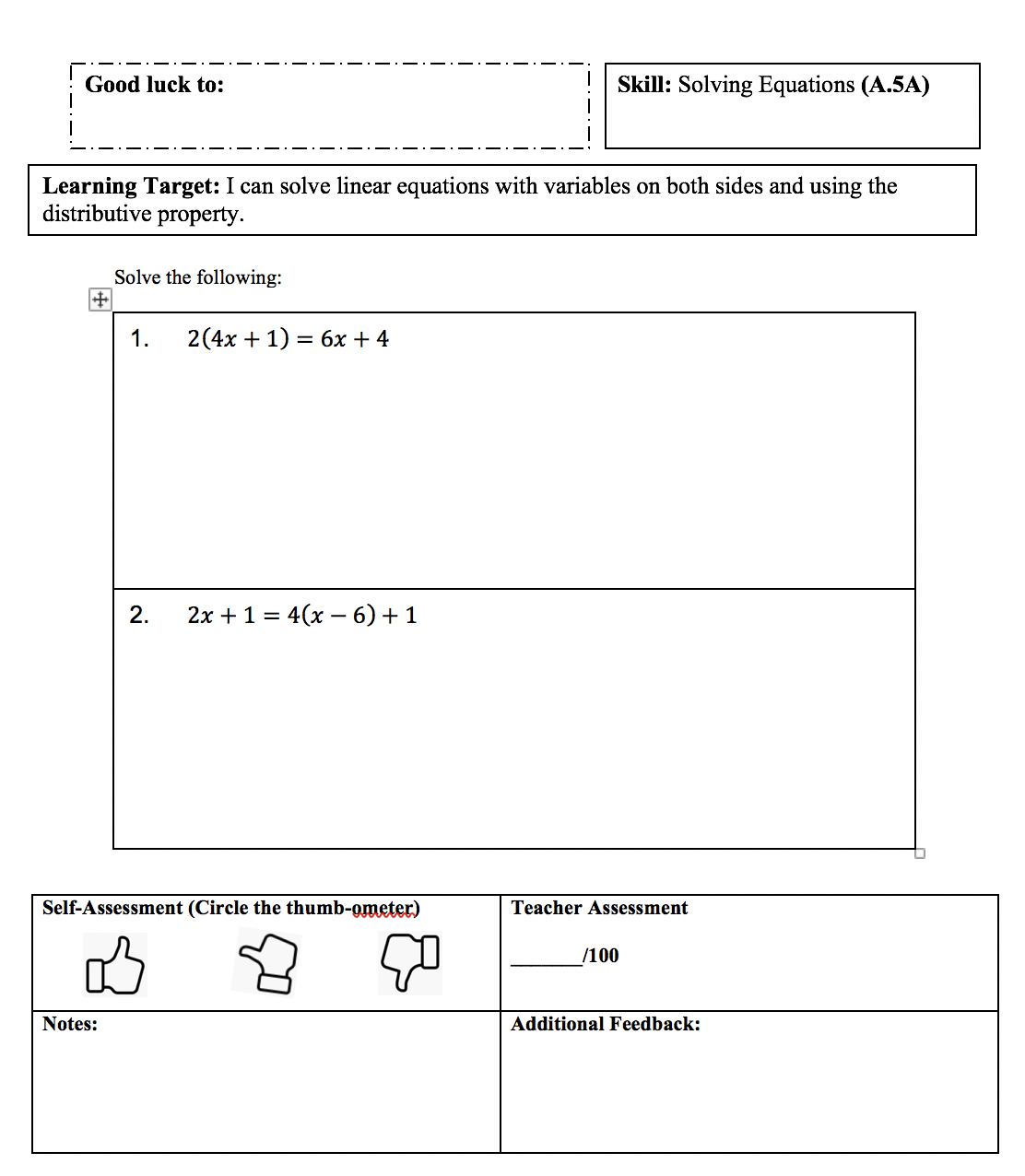Laying a Foundation for Growth
By Ashley Taplin of Taplin Teaching
This month, as we dive into the consistency of school days, I have been thinking about ways we can develop and foster a growth mindset for students in math to gain confidence in their knowledge. I have been working with another department in our district to bring more SEL practices to the curriculum. We have been talking about how the foundation of this mindset is helping students become self-aware in their learning in order to take on challenges and new situations. Below are some strategies and ideas I have been reflecting upon to cultivate this.

The Numbers to Success
I recently tried the first instructional strategy at a high school in connection with learning targets and success criteria. I have been wanting to find more ways to bring the planning and crafting of these from the teachers into the ownership of students. By using this strategy, we found that it helped turn a typical practice day into even more formative feedback for her and her students, and together we came up with the name, “Numbers to Success.” For this day, the teacher used numbers to label her success criteria instead of check boxes. During practice, when a student had a question, we asked them to not just raise their hand for help, but to point out what numbered step they were struggling on. (Some students said the number and some signaled the numbers on their hand like the picture.) Identifying this gave the conversation a starting point and much more specificity instead of just, “I don’t get it” or “I’m confused.” One student I worked with told me, “yeah, I get the first and last step, but I’m stuck on 2.” This was true evidence of growth mindset because using this strategy was validating to the student that he knew two out of three steps and the missing step became our focus as we worked together. I even got a high-five after he got all three steps on his own!

Vertical Alignment Planning
The next idea is something I am excited to bring to teachers. It was developed out of a conversation I had with deans and a principal. We were talking about wanting to become more vertically aligned in order to fill gaps and grow students. I had recently been to a Solution Tree training and the presenter showed us an example where teams created posters listing 5 Essentials that the teachers wanted their students to start the year knowing and 5 Essentials to end their year knowing. One dean commented that this could be done with each unit. I hadn’t thought about that, but it is such a great way to bring intentionality to the targets throughout the year and also display the learning outcomes for students. This would enable students to have more clarity over what they still need to know and also celebrate all they have learned. Furthermore, another colleague pointed out if you know or use Understanding by Design, these would be your “Big Understandings” and would be a great way to highlight them for students.

Self Assessment
Lastly, I think self-assessment is an important piece of growth mindset as it helps students communicate their understanding. One way I like to do this is by a “thumb-ometer” followed by a think-pair-share to address questions that arise from students who hold up a sideways and thumbs down. After using this strategy often in class, I started putting this “thumb-o-meter” on quizzes and tests as a way for students to self-assess their learning and explain where they may need more support. (Below is a picture of a quiz I created modeled after https://mathequalslove.blogspot.com/). It was helpful for me as a teacher to read feedback from students and after sorting them into three piles, I could make homogenous or heterogenous groupings. Another idea to include on formative assessments was a vocabulary strategy I learned at the training mentioned above. The presenter suggested having students circle any unknown words as a way to help them pinpoint where they were struggling. After sharing these ideas, the dean mentioned above sent me this second picture of how she added these on her first biology test of the year.


